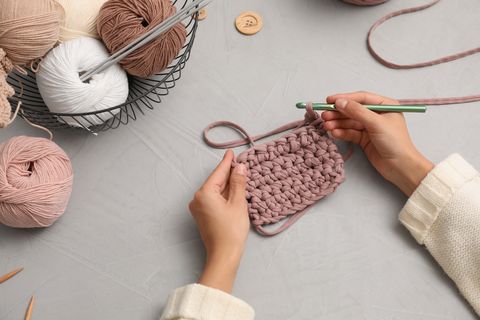Today’s vinyl floors are a far cry from the shiny, plastic-looking sheet or tile floors your grandmother might have installed in her home. Although yesterday’s were prone to tears, scratching and scuffing and looked so artificial, today’s feature more durable matte finishes and more realistic, natural designs that get installed as click-together planks. They’re the newest members of a category called “resilient flooring,” and because they come as individual planks, replacing damaged sections is easier too.
For these reasons, modern vinyl plank flooring has become a popular alternative to wood floors in homes across the globe, especially in areas like kitchens, bathrooms and laundry rooms. These floors are not only easier to maintain than traditional hardwood floors, but they’re more moisture-resistant too, so they’re better equipped to withstand heavy traffic — ideal for families with kids and pets.
But that doesn’t mean vinyl floors don’t need routine TLC. Even these fuss-free, wear-resistant floors need a proper cleaning once in a while, so it’s a good idea to incorporate the task into your regular cleaning schedule. We checked in with Carolyn Forté, executive director of the Good Housekeeping Institute Home Care & Cleaning Lab, for the best cleaning tips and advice.
How to clean vinyl plank flooring after installation
First things first: If your vinyl flooring product was installed with glue, you may notice excess glue seeping to the surface. Avoid cleaning this mess or walking on the flooring for at least 24 hours to give the adhesive time to set properly. Once set, you can safely remove the excess product without damaging your brand-new floors by following these steps:
- Gather the proper tools: You’ll need a scraper, a spray bottle and a floor stripper or an acetone-based nail polish remover to help loosen the excess glue.
- Spray the


